“They need to know who they are, and I want to get to know them through their food.”
Dominique Crenn, chef proprietor at Michelin two-star restaurant Atelier Crenn in San Francisco, succinctly summed up what the judging panel at the San Pellegrino Young Chef global final in Milan last weekend were looking for.
They were not disappointed. In what they described as an exceptionally high standard of competition, the jury found their winner in 29-year-old Japanese chef Yasuhiro Fujio, whose winning dish celebrated his Japanese heritage, as well as seasonality and sustainability.
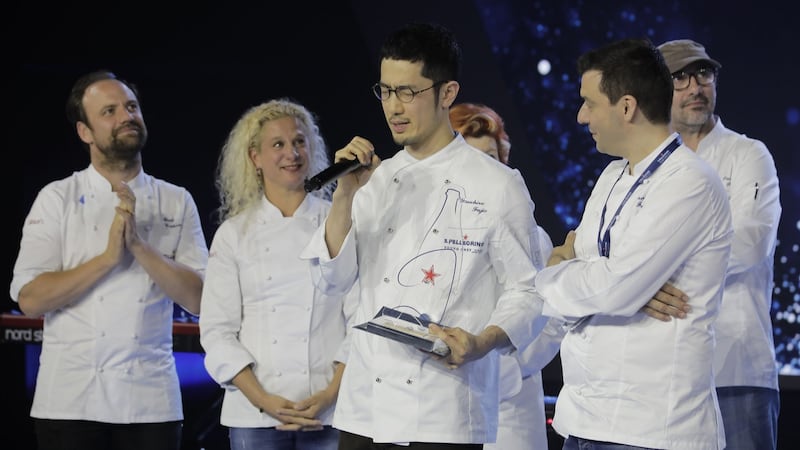
Mentored for the competition by Italian chef Luca Fantin, who lives in Tokyo, Fujio presented the jury with a dish called Across The Sea, that celebrated the ayu fish, a river fish found in Japan and available only for three months of the year, in summer.
The small, whole fish were grilled and smoked and served skewered on twigs as part of an elaborate presentation that also included a broth of “river water”, made with cucumber, watermelon, melon and green tomatoes.
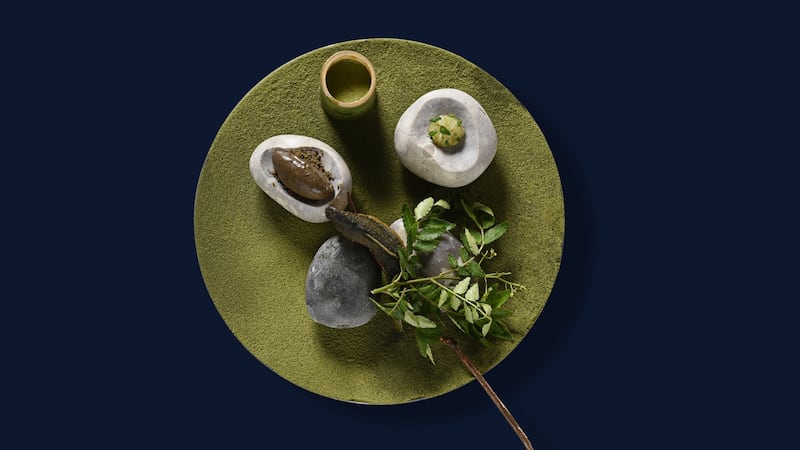
Fujio, who was a business studies student before changing career, works at La Cime restaurant on Osaka, which is currently number 17, and highest new entry, in the Asia category of the 2018 World’s Best Restaurants listing, the global classifications of which will be announced in Bilbao next month.
“I’m a little bit scared, but I’m going to turn that fear into courage,” said the winning chef, who also claimed the new Acqua Panna Taste of Authenticity award. Judged by the 21 chefs mentoring the contestants, this recognised Fujio’s “ability to recognise the local ingredients of Japan and highlight the richness of his own cultural background”.
The finalists, the crème de la crème of culinary talent, aged 30 or under, were given five hours to prepare the dish that got them through from regional finals across the world, and then just 10, intense and highly-charged, minutes in which to serve it to the jury, and tell their story.
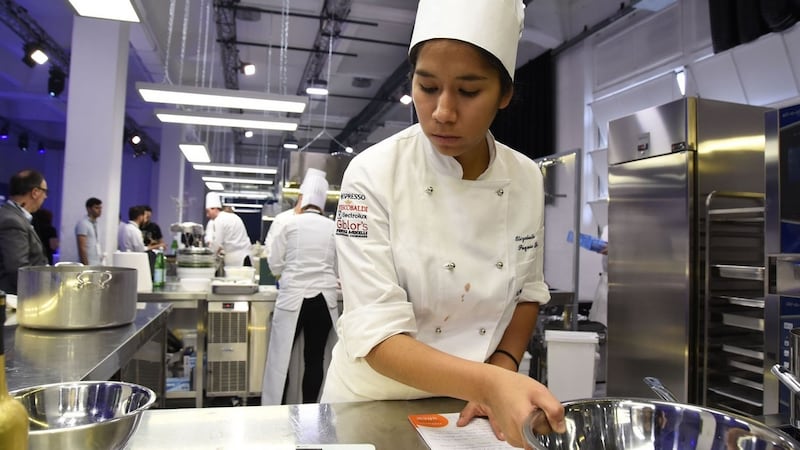
Dominique Crenn was joined on the jury panel, or the Seven Sages as they are known for the purposes of the competition, by Virgilio Martínez (Peru); Margarita Forés (Philippines); Brett Graham (UK), Annie Féolde (Italy); Ana Roš (Slovenia), and Paul Pairet (China).
Martínez has Michelin starred restaurants in Lima, the UK and Dubai. Forés, named Asia’s best female chef in 2016, has a chain of restaurants in the Philippines, serving Italian and Spanish food. Australian chef Graham is head chef at The Ledbury, a London two-star.
Féolde has held three Michelin stars for her Florence restaurant, Enoteca Pinchiorri, since 1992. Roš was named the world’s best female chef 2017 in the World’s 50 Best rankings, and runs the kitchen at Hiša Franko in Slovenia. French-born Pairet has three restaurants in Shanghai including Ultraviolet, which has three Michelin stars.
It was “no coincidence” that four of the Seven Sages are women, a San Pellegrino representative said at the press briefing for the event in Milan, explaining that the jury was carefully composed to properly represent women chefs, in the hope that this would encourage more women to enter the competition. Less than 10 per cent of the 2,000 initial entries, from 90 countries, came from women chefs, and just two of the 21 finalists were women.
Ana Roš, however, dismissed references to the gender balance of the panel: “It doesn’t matter. Female intelligence is as strong as male intelligence. We may be just a bit more curious; I think we ask more questions than the guys,” she said.
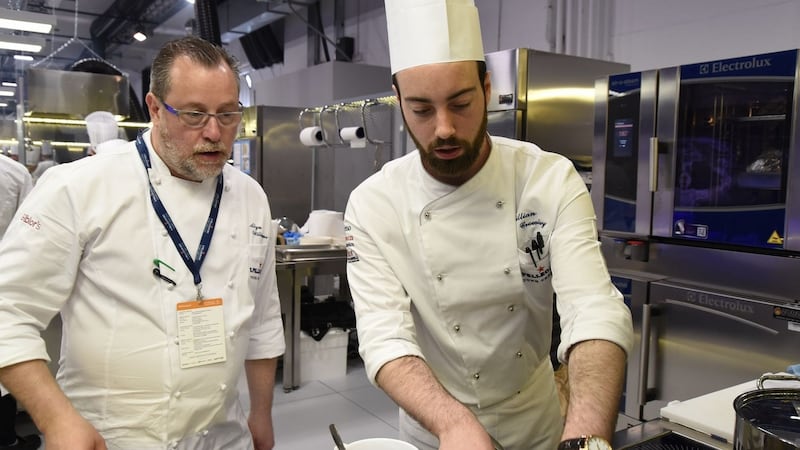
There were many questions asked over the course of the weekend, lots of them concerning the provenance of the ingredients being used by the finalists.
Killian Crowley, the UK and Ireland representative, who works at Aniar in Galway, sent the ingredients for his Turbot, Kohlrabi and Sea Purslane dish to Milan by courier.
John Taube IV, the US finalist, said that half of the 51 ingredients used in his deceptively simple sounding Squab and a Beet dish – a duck press was wheeled on stage to press the juice from the beet in this highly theatrical presentation – were flown in from the States.
However not all of the finalists opted, or were able, to supply their own ingredients.
“We know it’s tricky,” Dominique Crenn said. “But we are more interested in those that cooked from scratch than those who brought a lot of stuff. Spices is fine, but when you start bringing your own fermented juice and all that ... I’m not sure.”
Several of the jury suggested that in future, for the final, the contestants should be given the same set of raw ingredients to work with. “Give them a market basket and let them do their best,” suggested Margarita Forés.
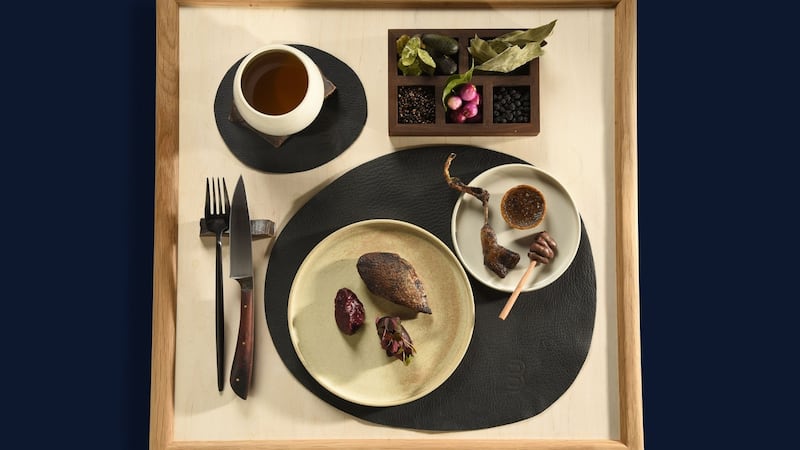
That approach would certainly have curtailed the showmanship element of the contest, which saw props and gizmos almost overshadow the food on the plates – and bowls and boards. Few contestants presented a single plate, more often there were multiple dishes and components.
“It can be 10 dishes or one dish, it doesn’t matter,” Crenn said. “ It is for us to decide on what is on the plate.”
The plates, too, provided part of the drama. Marcin Popielarz, representing Eastern Europe, found himself in a catering supply store in Milan, sifting through “plain white plates” the day before the competition, when the ones he had chosen to present his Halibut Smoked in River Hay with Cucumber and D ill, were smashed in transit by courier. The €8 replacements rose to the occasion, however, with Popielarz finishing in the top three.
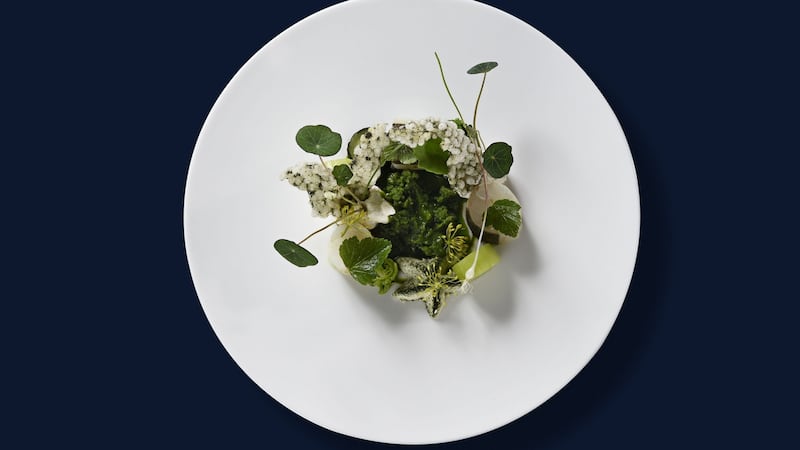
The other top three finalist, Australian Jake Kellie, representing South East Asia, also had a story surrounding the plates on which he served his Aged Pigeon. This was a dish, he said, that fulfilled his desire to show who he was as a chef, using native Australian ingredients, and the nose-to-tail ethos he learned while working in London.
Kellie revealed that all of the ash generated in the kitchen at Burnt Ends, the Singapore restaurant where he is head chef, is collected and used to make the clay for the plates and bowls, and even the knife handles, used in the restaurant.
The chef was taking no chances in his bid for success in Milan, going so far as to fly over 20kg of the special wood he uses to cook over fire, to get the right flavour into his pigeon.
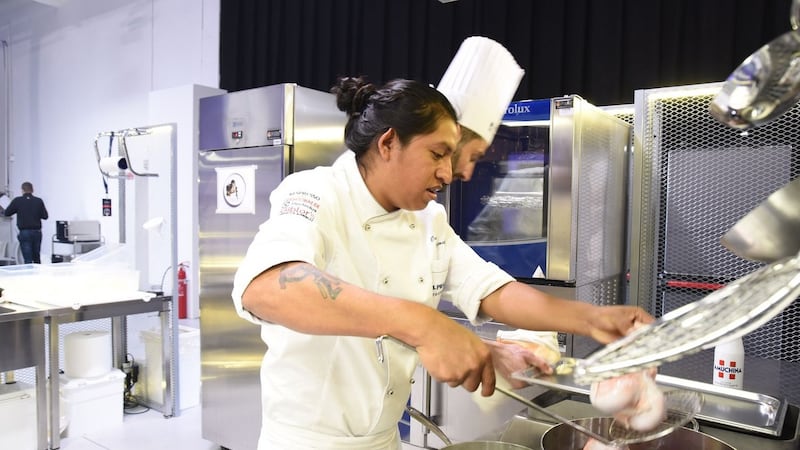
“There are tears every year,” said Mark Moriarty, who won this competition for Ireland on its first iteration in 2015, expressing the frustration that might be felt when dealing with unfamiliar – or missing – ingredients. In his case, there were no tears, but a few choice words may have been uttered when it was discovered that some of his ingredients had been left behind in a suitcase on the Dublin airport tarmac.
Moriarty and the 2016 winner, Mitch Lienhard from the US, were in Milan to cook at a gala dinner for 250 VIP guests, as well as to take part in the finale of the competition.
In a dramatic denouement, presented like a big budget TV game show, the 21 were reduced to seven, and then three, before the winner was announced.
Unfortunately, despite his single-minded focus and determination, Killian Crowley did not make it into the final seven. But there was high praise for his performance, and his dish, from his mentor chef Alyn Williams.
Williams, head chef at the restaurant that has his name over the door at The Westbury hotel in Mayfair, stood in for Angela Hartnett when the dates of the competition changed and she was unavailable to travel to Milan.
“Killian is a really phlegmatic character, to his advantage. You can tell there’s adrenalin running but I don’t think it’s evident to everybody. He’s got a really good approach,” he said.
During the four training sessions Crowley had in Angela Hartnett’s restaurant kitchen in London, the decision was made to remove one element from the dish.
“The razor clam came off – we all agreed at the semi-finals that it was out of balance with the rest of the dish. The dish without the razor clam is so harmonious, it’s delicious, start to finish.
“I have competed in a lot of competitions and I judge a lot of competitions, and I think Killian’s dish is probably the best I’ve ever tasted in a competition.”





















